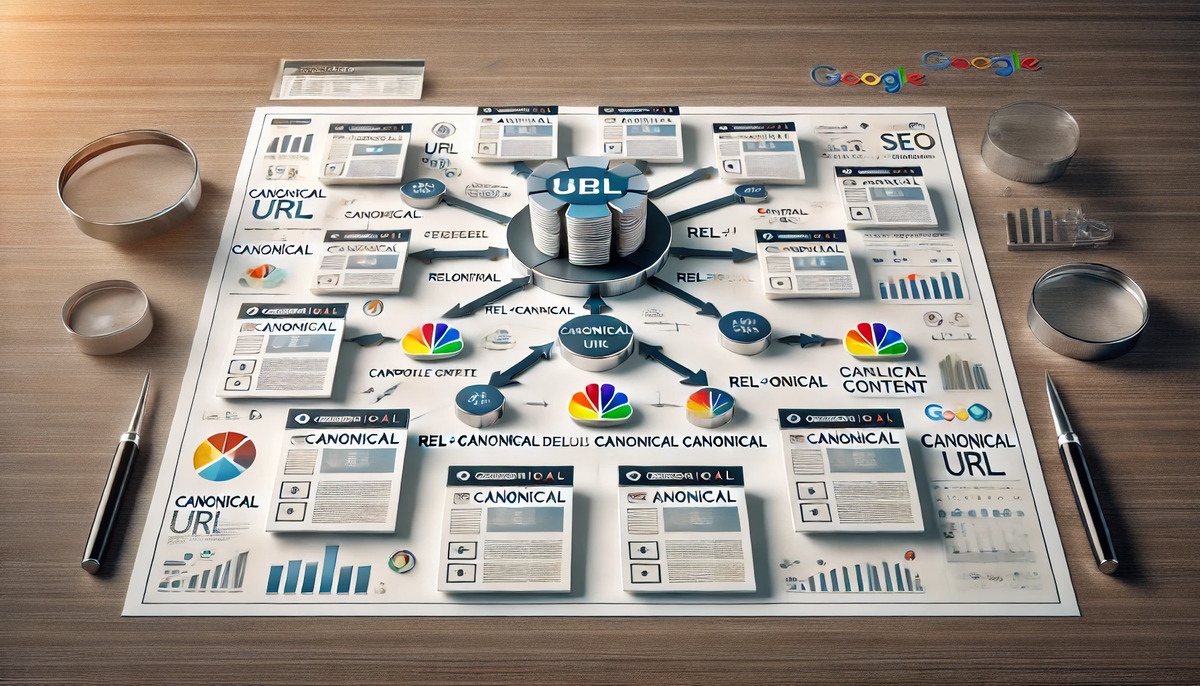
Learn Google’s tips to fix canonical URL issues. Master the use of rel=canonical, internal links, and sitemaps to improve SEO, avoid duplicate content, and enhance your site’s ranking potential.
Optimize Your Canonical URLs: Google’s Best Practices for SEO Success
30-Second Summary
Google’s guidelines on canonical URLs help resolve issues with duplicate content, improving SEO and search rankings. John Mueller advises using the rel=canonical attribute, internal linking, and sitemaps to help Google prioritize the correct URLs. Internal linking is a significant signal, and ensuring all links reflect your preference can improve Google’s choice accuracy.
Fixing Canonical URL Issues: Google’s Top SEO Tips for Site Optimization
Canonical URLs are essential in helping Google recognize the main version of duplicate content. Without clear canonicalization, search engines might rank the wrong page, affecting SEO. In this guide, we’ll explore Google’s top strategies for setting canonical URLs and discuss why internal linking and using rel=canonical are crucial for SEO.
Having multiple URLs for similar content can confuse Google, impacting your SEO. With Google’s tips, you can steer your site’s canonicalization in the right direction and avoid duplicate content issues.
1. Understanding Canonical URLs
- Definition: Explanation of canonical URLs and their importance in avoiding duplicate content.
- SEO Impact: How canonical URLs affect search engine rankings.
2. Core Strategies for Canonicalization
- Using rel=canonical: Describe how to apply this attribute as a strong signal.
- Sitemaps: Outline how including URLs in a sitemap influences Google’s URL selection.
- Internal Linking: Importance of internal links in reinforcing the canonical URL choice.
3. Diagnosing and Correcting Issues
- Tools: How to use tools like Screaming Frog to audit internal linking and redirects.
- Common Issues: Examples of issues like outdated links and external links that may impact canonicalization.
4. Practical Steps to Implement Google’s Recommendations
- Audit and Update Links: Steps for regularly auditing internal and external links.
- Monitoring: How to keep track of URL performance and detect canonical errors early.
Optimizing canonical URLs is key to controlling how Google interprets and ranks your content. Using rel=canonical, sitemaps, and internal links effectively can prevent ranking errors and enhance your site’s SEO.
Canonical URLs help search engines recognize the main version of duplicate content, improving SEO. Google’s John Mueller suggests using rel=canonical, sitemaps, and internal links as essential steps to optimize canonicalization and boost rankings.
Takeaway:
To ensure Google selects the correct canonical URL, implement a strong linking strategy, update sitemaps, and utilize rel=canonical. Regularly auditing your site’s linking can prevent issues and support stronger SEO signals.